Lake Wales Ridge Biology II - Florida scrub Research
Lake Wales Ridge Research
Location: Polk and Highlands Counties, Florida
Size: 1,857.58 acres
Formation of the Lake Wales Ridge
The ridge originated as a series of sand islands, formed during what scientist called the Pleistocene epoch, in layman's term, the beginning of time. It was once believed that these sand islands formed when sea level was higher than today. Over the many thousands of years, rising and receding seas exposed and covered much of the Florida Peninsula. Following glacial stages, polar ice caps melted, waters rose, and a series of ridges stood as islands in a vast ocean that covered most of Florida. Isolated from their relatives, plants and animals existing on these ridges evolved unique characteristics. The ridges were formed as coastal ridges when the seas were higher. The ridges are sometimes collectively called “Florida’s Ancient Islands”. The Lake Wales Ridge is the largest of these ridges and runs through the middle of the Florida Peninsula.
- The Ridge is about 110 miles long, running from south of Lake Placid to north of Clermont; and averages about 15 miles in width.
- US 27 runs on top of the Ridge.
- The Lake Wales Ridge is the largest, highest, and the oldest of the ridges of Central Florida. Other nearby ridges include the Winter Haven Ridge, Bombing Range Ridge, and the Mount Dora Ridge.
- The average height of the Lake Wales Ridge is about 100 feet above sea level
Lake Wales Ridge unique features
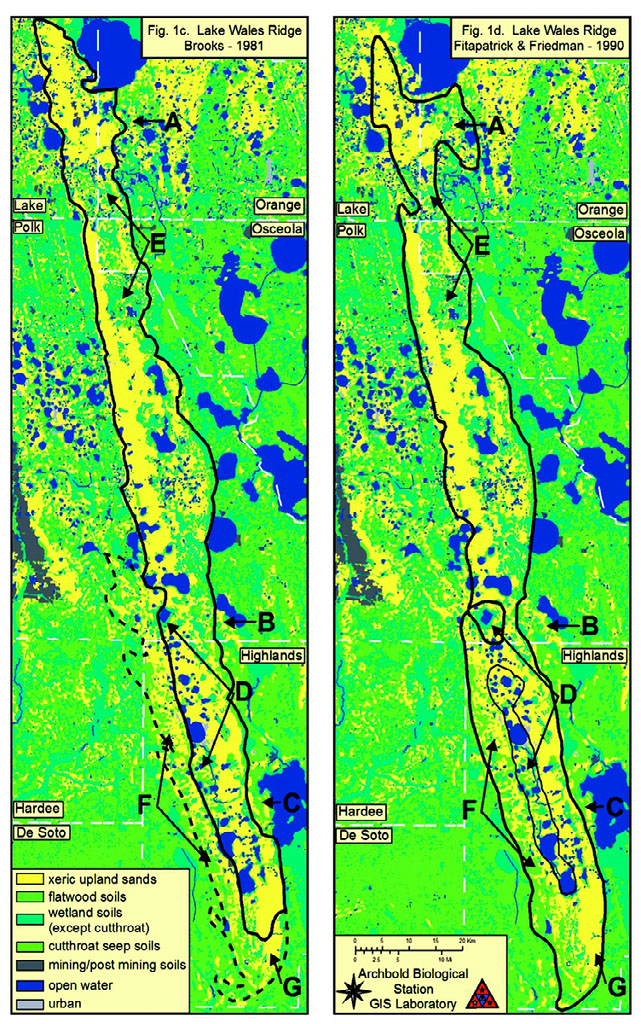
The Lake Wales Ridge is the heart of Central Florida, and contains unique geological feature that runs for about 150 miles through Lake, Orange, Osceola, Polk and Highlands counties.
Approximately 40 species of endangered and threatened plants and animals survive on the Ridge, a hotspot of biodiversity. These species and fragmented natural areas are all that remain of an ancient flora and fauna that is truly unique.
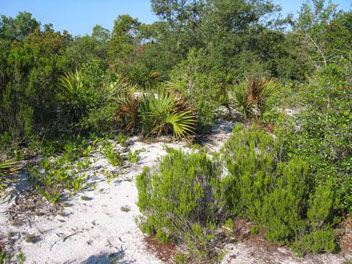
- The Refuge (The Lake Wales Ridge National Wildlife Refuge) is exciting because it contains prime examples of several highly imperiled ecosystems, including Florida scrub and sandhill, as well as over half of the federally listed plant species endemic to the Lake Wales Ridge.
- Snell Creek contains one of the last remaining tracts of undisturbed sandhill in northern Polk County.
Florida Scrub
The natural community that characterizes the Ridge is the scrub habitat. The term “scrub” typically means low- growing, shrubby plants in dry, sandy soil. On the Lake Wales Ridge, scrub areas are situated among other habitats - including sandhills, numerous lakes and pine flatwoods in a rolling topography that creates significant biodiversity.
Many animals of the scrub spend much of their lives underground. It is an ideal place to escape the hot Florida sun as well as to avoid predators. The gopher tortoise digs a burrow underground that may be up to ten feet deep and up to 30 feet long. More than 360 species may share the gopher’s burrow.
Did You Know?
* Carter Creek is an excellent example of endemic-rich Lake Wales Ridge sandhill, with nine listed plants; it contains one of only a dozen populations of Florida ziziphus, one of the rarest and most endangered plants in the state;
* Flamingo Villas has 10 listed species and is the only protected populations of Garrett’s scrub balm, a woody mint known only from Highlands County;
* Lake McLeod has 11 listed plants and is the only protected site for scrub lupine, another extremely rare plant.
Abiotic Features of the Lake Wales Ridge
This habitat is fire-dependent; it is maintained by fires that are usually very hot or intense, but occur infrequently at intervals of 10-20 years, or more. Generally, Scrub is dominated by evergreen, or nearly evergreen, oaks and or Florida rosemary, with or without a pine overstory.
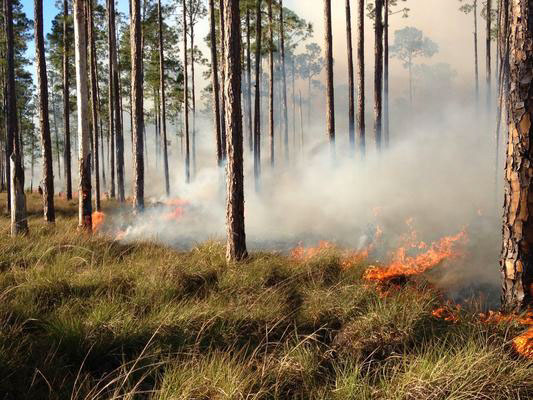
In addition to plant and animal life, the Lake Wales Ridge also has water resources. The sinkhole lakes scattered along the Ridge were formed when naturally acidic rain created cavities in the limerock that underlies most of Florida. Other lakes along the Ridge originated as shallow depression marsh areas that slowly filled with water. These marsh lakes tend to be more nutrient-rich than sinkhole lakes, but typically harbor a wide array of fish species. Rapid seepage of rainfall on the Ridge provides important recharge for the Florida’s Aquifer.
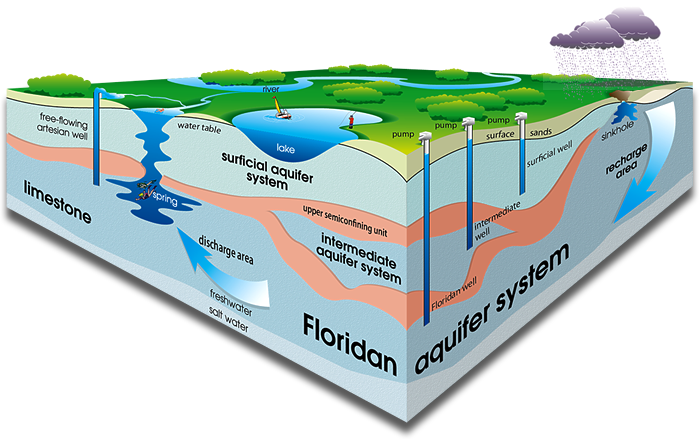
Biotic features
The Lake Wales Ridge, other wise known as the Refuge was established in 1993 as the first Refuge designated for the recovery of endangered and threatened plants. The Refuge contains 23 listed plants, at least four listed animals, and more than 40 endemic invertebrates. The Refuge is part of a network of scrub preserves owned by the state of Florida, The Nature Conservancy, and the Archbold Biological Station
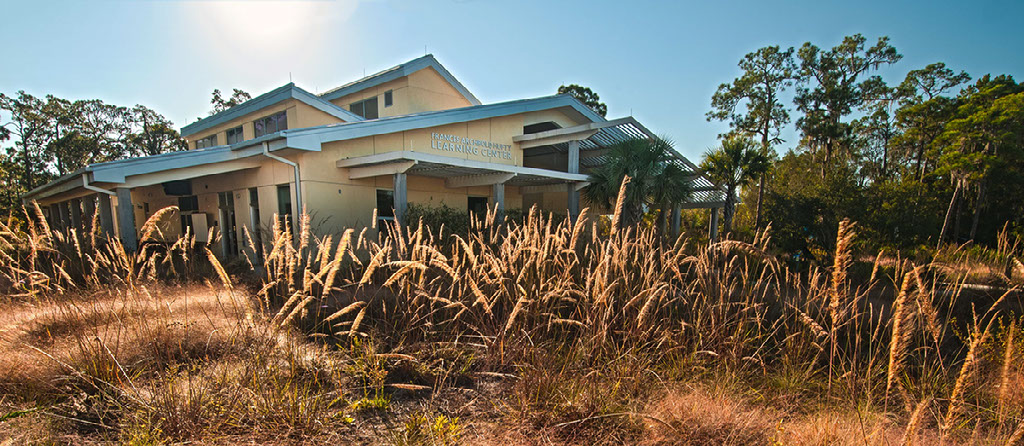
Plants
Saw-Toothed Palmetto
Saw palmetto leaves and drupes provide cover and food for over 211 species of wildlife. Saw palmetto is a serious weed problem in pastures, forests, and non-cropland areas throughout Florida. Saw palmetto competes with desirable native plant species in forests, prevents access to power poles and other utility structures in non-cropland areas, reduces forage yield and quality in pastures, and hinders ranching operations by reducing visibility and accessibility to livestock.
Scrub Oak
Scrub oak (Quercus berberidifolia) looks like a smaller, shrubby version of the larger, more familiar live oak , but although they are part of the Quercus genus, live oak and scrub oak are different species. Scrub oak can thrive in harsh environments, but unique in appearance, cultural requirements and growth habits.
Scrub Blazing Star
The Scrub Blazing Star is a long-lived herb with bright purplish-pink flowers. The species prefers open, fire-maintained habitats along the Lake Wales Ridge of Florida. This plant was originally found in areas of Polk and Highland counties in central Florida that have largely been converted for agricultural, commercial, residential and recreational purposes. As a result of habitat loss, this species was listed as an endangered species in 1989.
Florida ziziphus
Florida ziziphus, one of the rarest and most endangered plants in the state. It is one of the rarest and most imperiled plants in Florida. It is so rare that the taxonomists who named it thought they were describing an extinct species.
ANIMALS
Short Tailed Snake
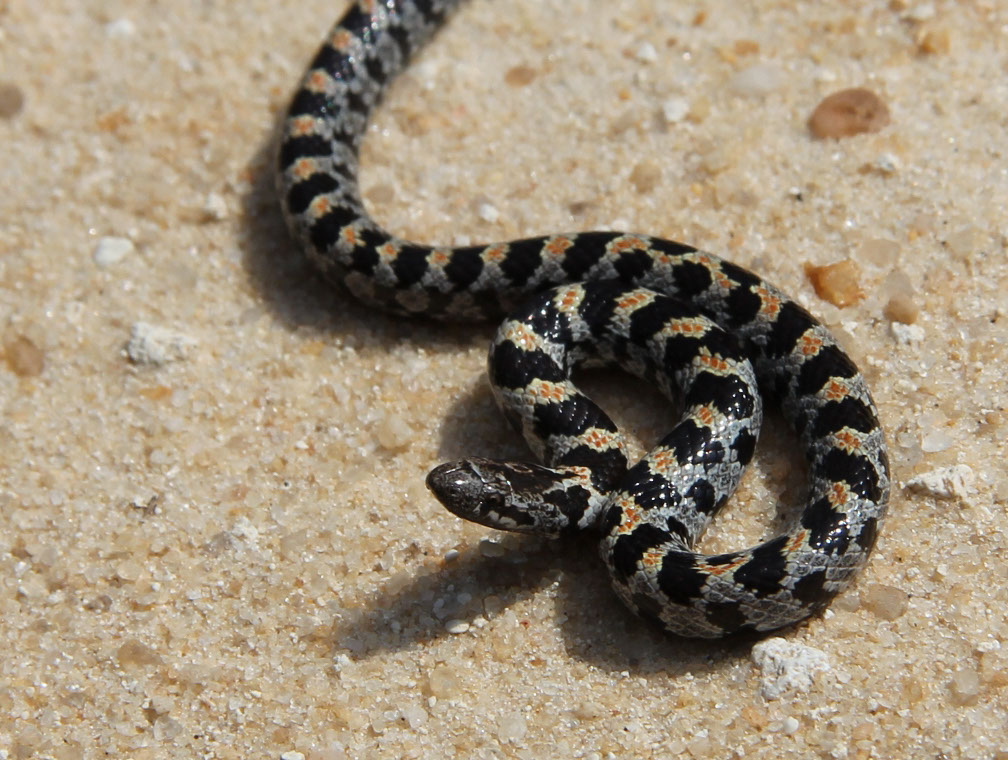
The native Floridian short-tailed snake is a small, slender fossorial snakes that adapted to digging and living underground.
Sand Skink
The Sand Skink, a lizard that lives only in the Florida scrub, skirms along below the surface of the sand where it searches for insects and spiders to eat. Air and water pass easily through the loose sand, so the Sand Skink seldom needs to come to the surface.
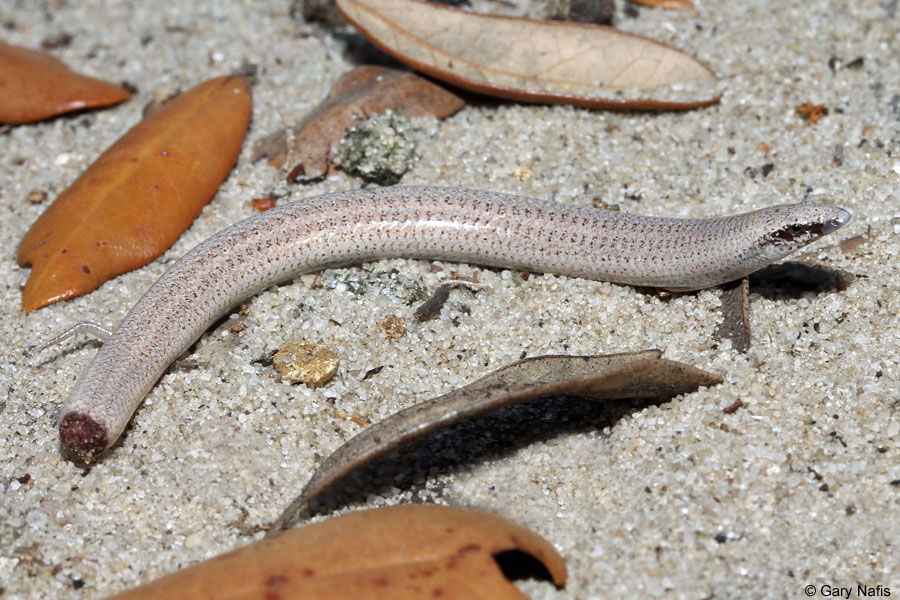
Scrub Jay
By far the most famous scrub animal is the Florida scrub-jay. Found in both interior and coastal Florida scrub, scrub-jay adults, juveniles and young live together in family groups and share the responsibilities of life. Florida scrub-jays need scrub with its patches of bare sand to bury acorns, a dominant part of the scrub-jay diet throughout the year. The open patches also help the scrub-jay stay on the lookout for predators.
Highlands Tiger Beetle
The Highlands Tiger Beetle are unique insects that live in the Lake Wales Ridge. Both the adults and immature stages are predacious and feed on other insects. Populations of this beautiful beetle are small and scattered. No doubt there are many more scrub invertebrates yet to be described, and many that will go extinct before they are described.
Monica Elskamp Biology II